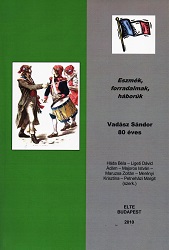
We kindly inform you that, as long as the subject affiliation of our 300.000+ articles is in progress, you might get unsufficient or no results on your third level or second level search. In this case, please broaden your search criteria.



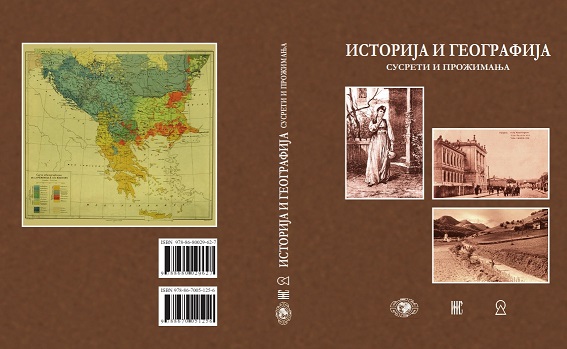
This article provides a historical and cultural analysis of the phenomenon of identity formation of the Russian people on the basis of study of agriculture as a historical-geographical factor which had a significant influence on the processes taking place in the Russian plain at the appointed chronological period.
More...
The Republic of Croatia is planning to build a canal to 2016 to connect the Danube (near Vukovar) and the Sava (near the village Sikirevci, near Slavonski Šamac). The canal will be 61.4 kilometers long. The idea of building a canal was 278 years old. The oldest documentation of the construction of the Danube–Sava originates from 1737. The multipurpose canal Danube–Sava should have three functions: to irrigate 35750 hectares of agricultural land, to carry out the surface drainage of around 173000 hectares and underground drainage of around 62 000 hectares, to serve for boating and tourism. The canal should shorten the path to Western Europe for 417 km (sailing time would be shorter for 48 hours), and a road to the east would be shortened by 85 km. It is assumed that the construction of the canal will contribute to the development of the river transport in the Republic of Croatia. There are many factors that are now threatening the Sava River as a natural resource: the work of industrial plants and oil industry, hydropower (in Slovenia), the discharge of wastewater, mining of river sediments, intensive farming and construction, the construction of the Sava–Danube canal and the restoration of the nautical road along the Sava. The World Conservation Union has launched a three-year project biodiversity Protection of the navigable area of the sava river basin. In December 2002, four countries signed an international framework agreement for the establishment of an international regime of navigation and sustainable water management of the river basin, and the measures to be taken against floods, ice hazards, droughts and pollution. The main challenge for the management of the Sava River is to enable economic development to sustainable use and protection of the natural resources in the basin. This project is expected to help to identify, define and manage the environmental and landscape diversity along the Sava River, in line with the EU directives on birds and habitats with the implementation and integration of the environmental values. It is assumed that the trenching of the canal will change the groundwater regime on the territory of Croatia. Possible change in the groundwater regime in Serbia could have disastrous consequences. On the territory of the Republic of Serbia, according to the Institute for Nature Conservation, there are nine natural areas, and four of them are along the river Sava: the Special Nature Reserves Zasavica, Obedska Bara, Morovićko-Bosutske forests and the landscape of outstanding features Veliko Ratno Ostrvo (Great War Island).
More...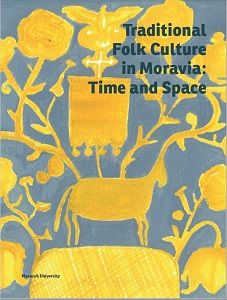
New and more rational farming methods were first initiated under instructions from the lords of manors and then, fromthe 18th century, by societies disseminating the ideas of the Enlightenment, and bythe Austrian state that was interested in its serfs, i.e. tax payers. The procedures recommended for arable and livestock farming based on the practices of manorial estates are explained in the educational literature of the time, which was another source of agricultural instructions and novelties and a platform for their dissemination.
More...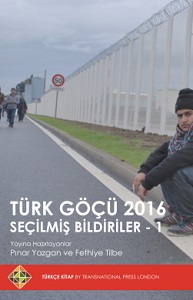
4th Migration Conference was held in Vienna. After a meticulous referee process at the Turkish Migration Conference, a conference program consisting of 72 sessions and 2 workshops was created. 350 oral presentations were made by 400 authors from various countries around the world. Some of the selection papers presented at the 4th Turkish Migration Conference were revised and expanded and published in various national and international magazines and books. In this review, we offer you a selection of the papers presented at the conference. This abstract collection consists of four sections within the framework of the basic areas in the field of migration. The first part includes migration, economy and social policy, migration, identity and diaspora in the second part, Urbanization, Politics and Migration Policies in the third part, and the fourth part of history, art and migration under the heading various works. We hope that these studies will also contribute to the development of turkish migration.
More...
Bu çalışmanın en temel amaçlarından birisi, ücretli bir işte çalışmak kadına her zaman kazandırmakta mıdır sorusuna yanıt aramaktır. Genel olarak kadınların ücretli çalışan olmaları halinde hak kullanımlarının genişleyeceği, kazandıkları ücretin bir kısmı üzerinde söz sahibi olabilecekleri, doğurganlık, nasıl giyinileceği, kamusal alan kullanımı, oy ve miras hakkı gibi konularda fayda görecekleri düşünülmektedir. Bu yaklaşımın özünü oluşturan liberal düşünce kadınların ücretli çalışan olmaları ile toplumsal cinsiyet eşitsizliklerinin azalacağı ve yoksulluğun kadınsılaşan yönünün gerileyeceğini iddia etmektedir. Çalışmada görüşülen kadınlar kentsel alanların periferinde yaşayan, eğitim ve beceri düzeyi düşük kadınlar olup kendi yapabilirlikleri üzerinde sosyo-kültürel engel ve baskıların fazla olduğu, kentsel iş piyasası çeşitlenmesinin az olduğu alanlarda yaşamaktadırlar. Genel olarak 18 yaşın altında evlenmiş ve Türkiye ortalamasının bir hayli üzerinde çocuk doğurmuşlardır. İçinde bulundukları yoksullukla baş etme mekanizmalarından birisi olarak ücretli gezici tarım işçiliği yapmaktadırlar. Bir yandan tarlada çalışmakta diğer yandan toplumsal cinsiyete bağlı her türlü sorumluluğu oldukça ilkel şartlarda sürdürmektedirler. Tüm bu sorumlulukları ve çalışma zorunluluğunu sıkı ataerkil baskı altında gerçekleştirmektedirler. ”Namus”, “iffet” gibi beden denetiminde sık kullanılan araçlar, bir yandan kadınların yaşamlarını bedenleri üzerinden kontrol altına alırken, diğer yandan ise kadın emeğinin gizlenmesini kolaylaştırmaktadır. Bu yüzden yeniden üretim altında kategorize edilen ücretsiz, görünmez emek, beden denetiminden soyutlanarak tam olarak anlamlandırılamamaktadır.
More...
Türkiye 1950’li yıllardan itibaren artan bir içgöç hareketliliğine sahne olmuştur. 1950’li yıllara kadar % 80’in üzerinde seyreden kırsal nüfus oranı, bu yıllardan sonra hızlı bir düşüş göstermiş, 2012 yılı itibariyle % 22,7’ye kadar gerilemiştir39. Bu olguda hızlı nüfus artışı ve tarım sektöründe artan makineleşmenin yanı sıra son yıllarda gelişen ulaştırma altyapısına bağlı olarak artan sosyal hareketliliğin de etkisi vardır. Bir diğer göz ardı edilemeyecek faktör ise 1980’lerin ortalarından itibaren özellikle güneydoğu Anadolu bölgesinde etkisini iyiden iyiye hissettiren terör ve güvenlik sorunudur.
More...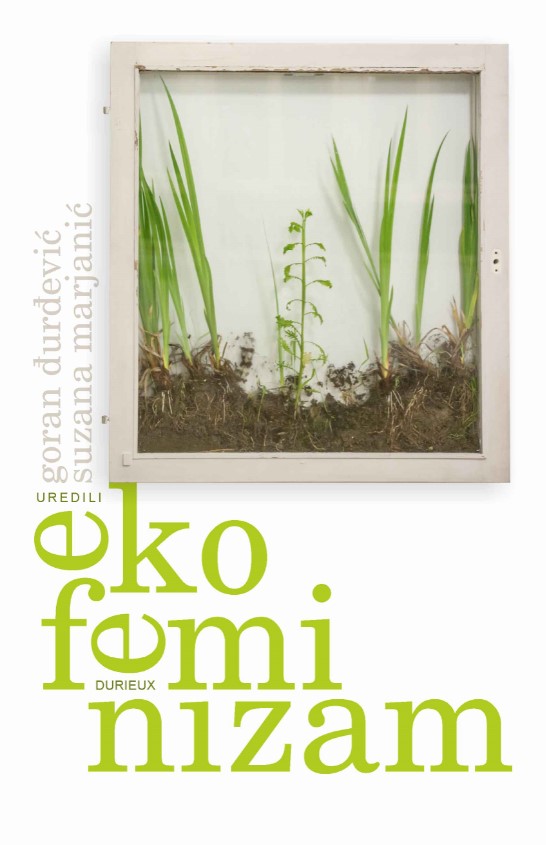
The essay is a critical text tackling the clean–eating diet popularity and its negative effect on the animal rights movement due to misinterpreting veganism as a health issue and hijacking of the term vegan in the plant–based diet. Different aspects of the plant–based diet are covered taking into account the global impact of both plant–based and meat diets on the environment and worker rights in the developing and the developed countries, the way the plant–based diet and veganism are often falsely depicted as elitist, hindering inclusiveness of marginalized groups, and the role of women in the animal rights movement.
More...
Critical animal studies represent an autonomous interdisciplinary field which aims to explore human–animal relations through a combination of activism and scientific consideration. The uniqueness of this approach lies in exactly this treatment of the animal issue which is, at the same time, political and critical and is based primarily in the effort to denaturalize the oppression and violence committed against animals and to disprove fundamental conceptions of human–animal relations which have produced harmful deterministic dualisms in understanding the natural world, such as anthropocentrism and cartesianism. In their study of structural and social preconditions for inequality and oppression, approaches like critical animal studies, feminism, ecofeminism, environmentalism, racial and gender studies, (…) encounter many points of convergence from which to oppose the dominant discourse that produces otherness, at the same time complementing, reinforcing and building on each other in recognition of the universal character of their respective basic principles and the need for a more holistic approach which would enable these fields of study to transcend their individual limitations and blend into a single entity with a shared purpose and responsibility. This paper analyses the symbiotic connection between critical animal studies and ecofeminism and indicates to the potential of academic anarchism as a tool which opens up a space for discussion and recognition of the interdependence of animal, human and ecological issues as a response to the acute global ecological and human crisis.
More...
In the context of world agriculture, the application of chemical fertilizers remains one of the main ways to increase agricultural production, manage crop quality and improve soil fertility. The application of cultivation technologies, meant to lead to the improvement of agricultural production, determines biological, chemical, physiological changes in the plant and in the soil.
More...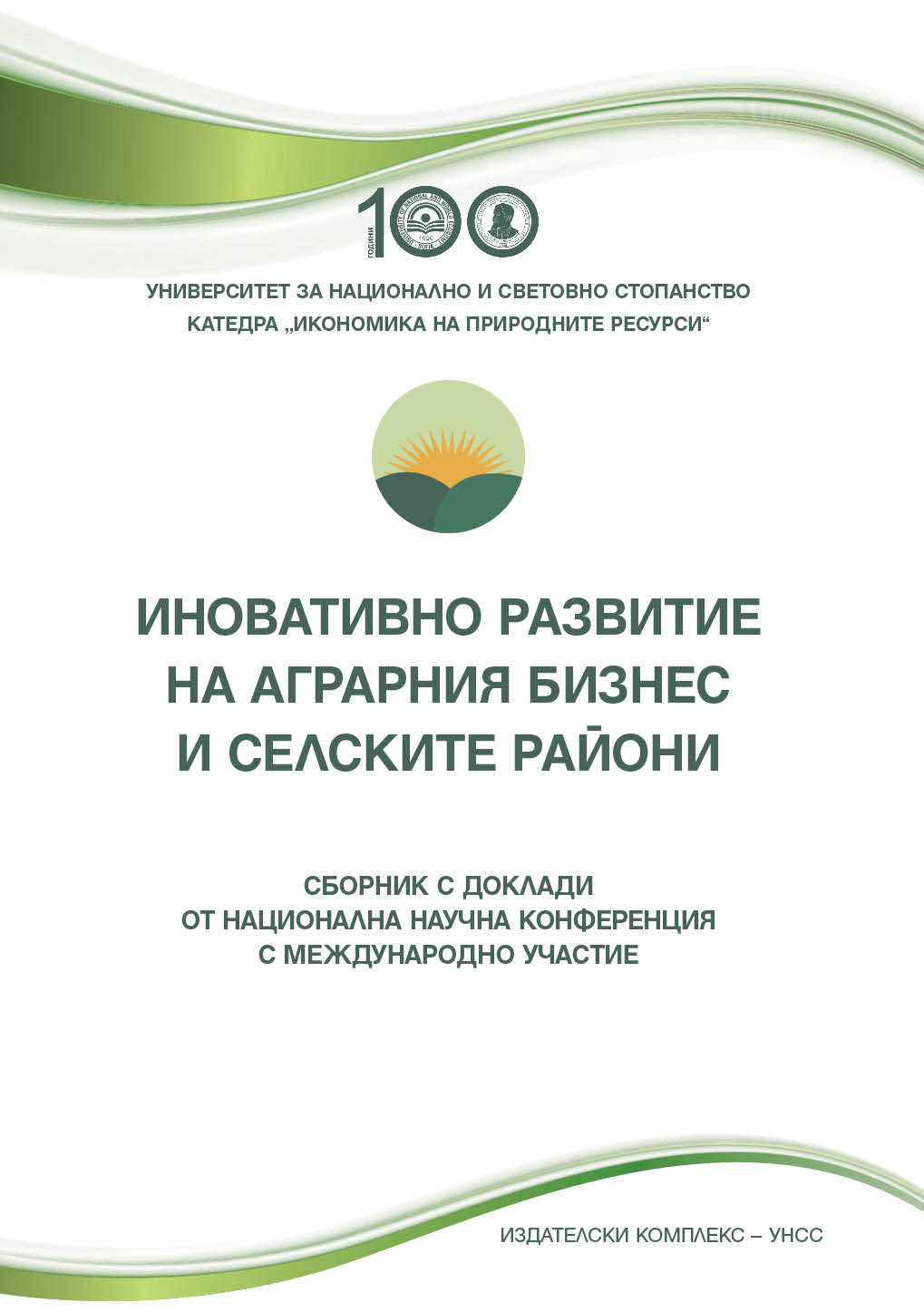
The depopulation of rural areas in Bulgaria is proceeding at a faster rate than in non-rural areas. This process produces significant negative effects, consisting in deepening the demographic crisis, hampering the functioning of labour markets, health, education and social services. Our research objective is to produce a descriptive and dispersion analysis of employment and unemployment in rural areas in Bulgaria and on this basis we compare them with those in urban areas. In conclusion, the hypotheses are verified, for the significant individual deviations of values from the average within the indicator group determine differences between employment and unemployment between rural and non-rural municipalities, and that differences in employment and unemployment rates between rural municipalities predetermine the significant differentiation in the rural areas themselves.
More...
There are many challenges which rural areas face in Europe and Bulgaria as their sustainable development is determined by variety of factors and policies. One of the key factors, currently identified, are innovations – economic, social, institutional. Innovations are also crucial for the competitiveness of rural areas in a World of globalization. The paper presents the two concepts and investigates the interrelationships and strategies which may integrate competitive advantages and innovative solutions for rural development.
More...
COVID-19 situation affected all countries in the world and Albania as well. Under this optic it was an emergency to find new ways on supporting farmers with their applications on national schemes. The paper is based on measuring the effects of aid that the Ministry of Agriculture and Rural Development has provided to farmers, through its innovative procedures for the national schemes. So through face-to-face questionnaires we identified how the online application procedure affected Albanian farmers from public support during the quarantine period from March 2020 till January 2021. Subsidies are intended to increase farmers' incomes, but also to increase competitiveness. The agricultural sector is supported through subsidies because without this support farmers cannot compete with the prices of imported products3. We observed that new procedures permitted the farmers to apply normally into the National Support Scheme, although movement restrictions were placed by the government during the studied period.
More...
Modeling and different approaches for assessment can significantly contribute to the bioeconomy development. For modeling implementation, bioeconomy relies on various subsidiary concepts, such as those on the functional economy and extended producer responsibility, as well as on Life Cycle Assessment (LCA) and Life Cycle Cost (LCI) methods. The main goal of this article is to review the existing approaches and their possibilities to contribute to the bioeconomic analysis.
More...
Understanding structural change is one of the biggest challenges of the social sciences. Transitions are defined like a fundamental change – in culture, structure and practice. The article is separated in two main sections – First -is brief theoretical explanation of the input of transition theory in the rural areas.Second – an empirical example of a project (niche) in a rural area in Bulgaria, in the village of Govedartsi, supported from the regime level (National Culture Fund).
More...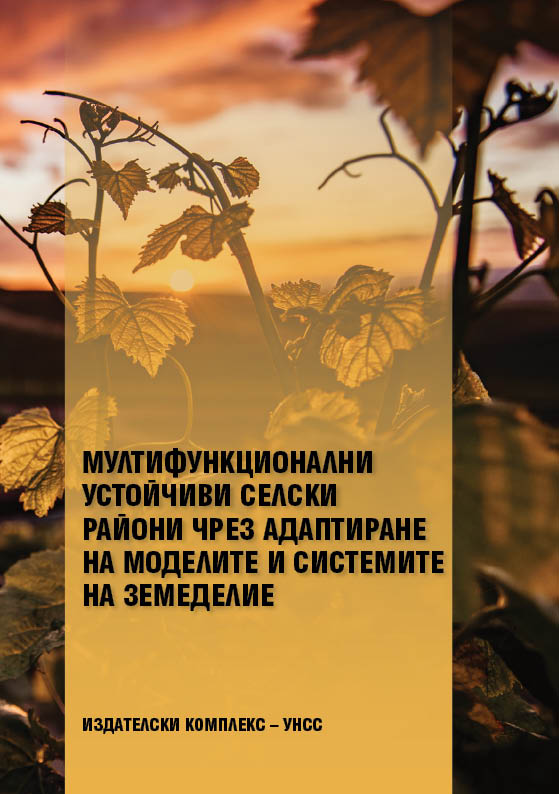
Rural areas are undergoing a period of serious economic, demographic and institutional transformations. In this context, the role of innovation in greening rural areas is growing due to the need to adapt to the changing global environment, environmental chal lenges and reduce uncertainty. The aim of the paper is to survey the opportunity of innovationс to protect the environment in rural areas and on this basis to provide guidelines for dynamizing the processes of implementing innovation in them.
More...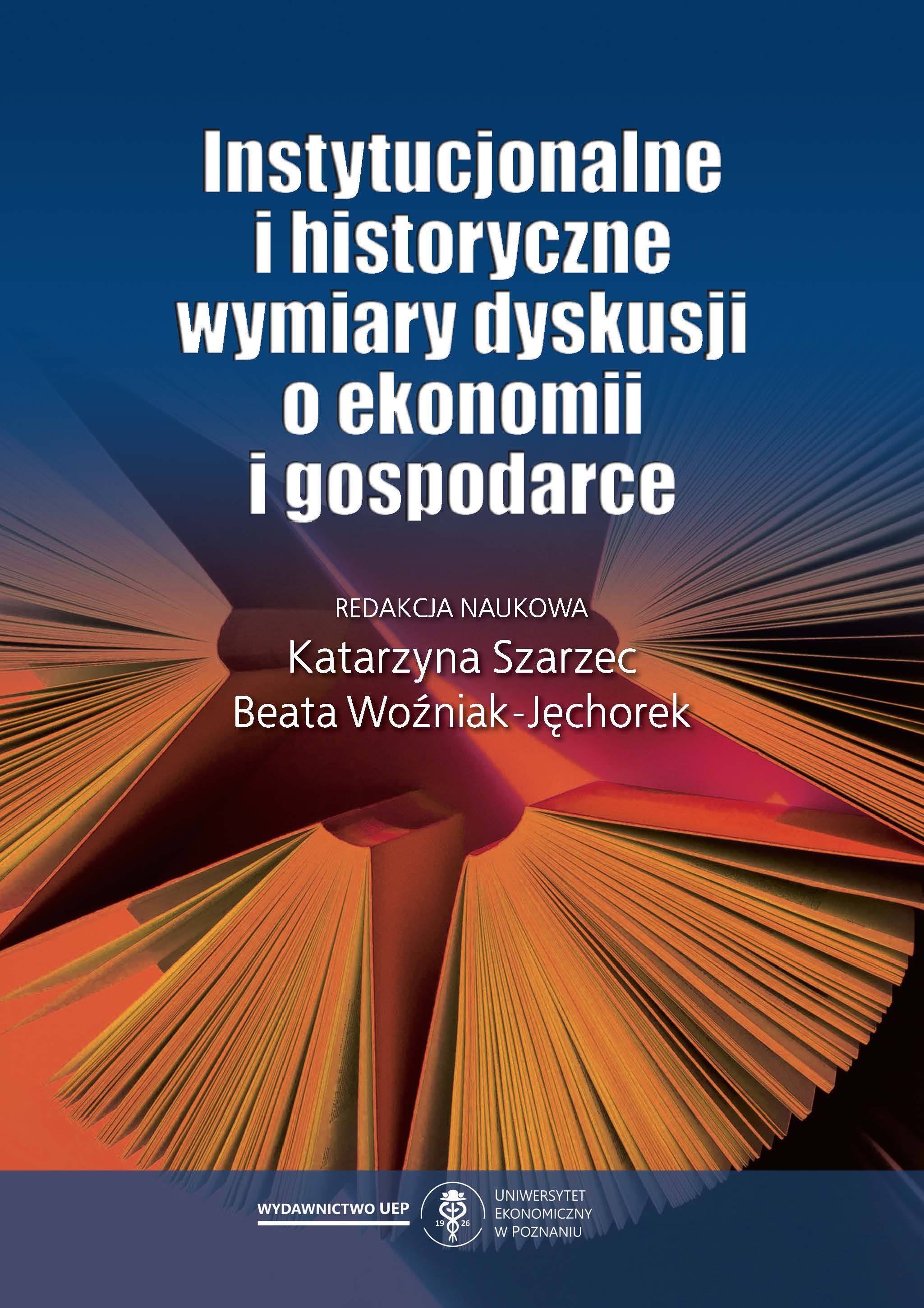
Ekonomia instytucjonalna stała się ostatnio nie tylko popularnym podejściem badawczym, ale wręcz w niektórych obszarach nauk społecznych dominującym paradygmatem (…). Naukowcy badają instytucje gospodarcze i całe złożone zbiory instytucji, które warunkują i kształtują mechanizmy lub organizacje, takie jak „rynki” lub firmy. Analizują także instytucje zapewniające społeczne warunki funkcjonowania gospodarki, których przykładami są zarówno kodeksy prawne, jak i normy kulturowe. Wreszcie – badają wpływ gospodarki na nieekonomiczne wymiary społeczeństwa, w tym na przykład na systemy polityczne. Polska myśl instytucjonalna, wpisując się w ten globalny dyskurs, może również kształtować kierunki interpretacji zjawisk społeczno-gospodarczych, pokazując konsekwencje dokonywanych wyborów w szerokim, ale uwarunkowanym lokalnie i historycznie kontekście instytucjonalnym. Z wprowadzenia do książki.
More...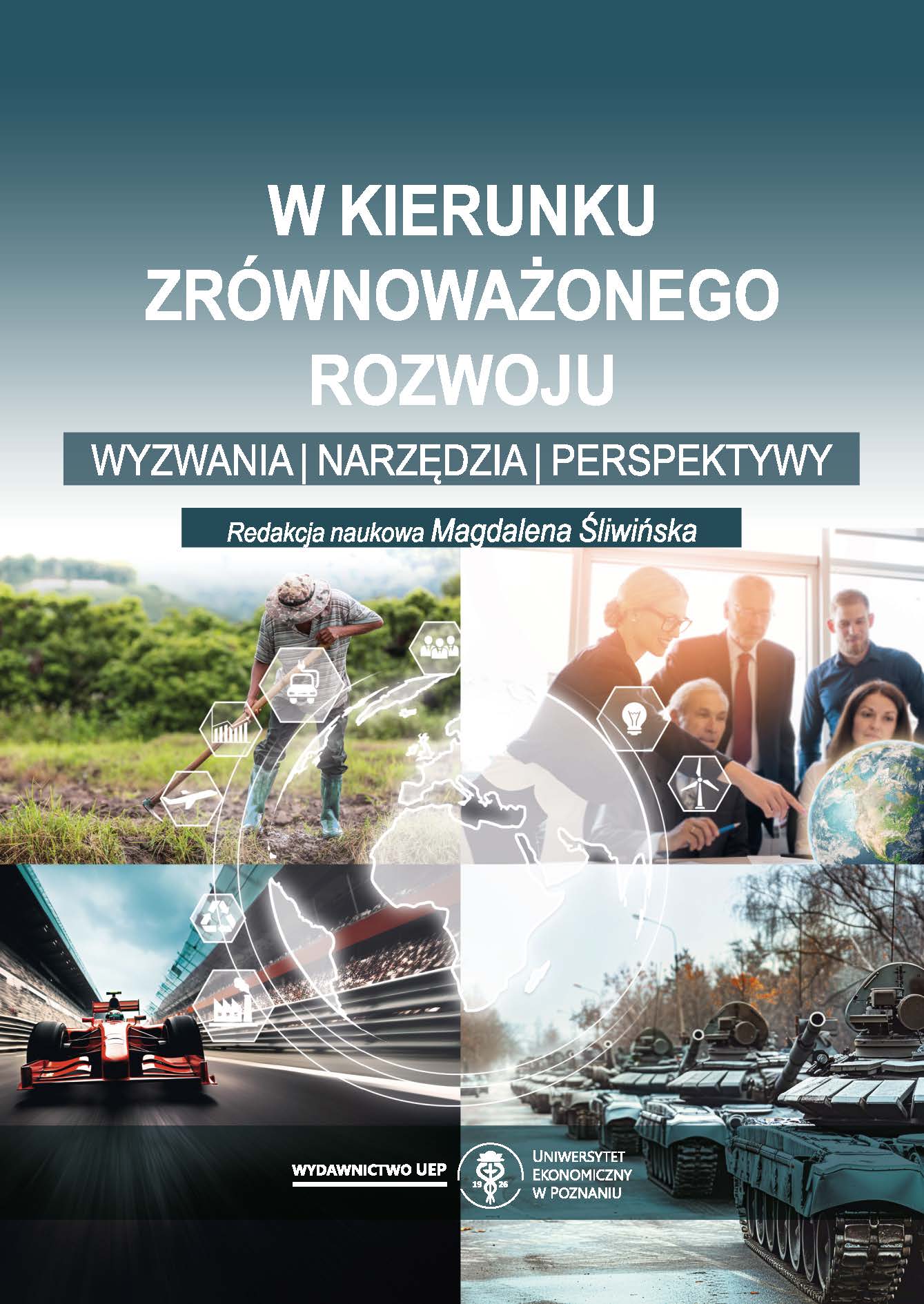
Narastające wyzwania globalne o charakterze społecznym i środowiskowym spowodowały, że potrzeba dążenia do zrównoważonego rozwoju stała się jednym z najważniejszych tematów dyskursu naukowego i politycznego ostatnich dekad. Zrównoważony rozwój to obecnie już nie tyle pożądany i oczekiwany kierunek rozwoju, ile konieczność. Czy podejmowane w ostatnich latach przez rządy państw i organizacje międzynarodowe oraz przedsiębiorstwa działania przeciwdziałające globalnym problemom są jednak wystarczające? Czy przyczynią się do uratowania środowiska naturalnego i odwrócenia tak niebezpiecznych zmian klimatycznych? Czy doprowadzą do tego, że obecnie głodujące 10% i strukturalnie niedożywione 25% naszej populacji będzie miało godne warunki życia, pracy i rozwoju? Czy liczne programy w ramach polityki na rzecz zrównoważonego rozwoju są skuteczne i sprawiedliwe? Do jakiego stopnia można powierzyć rynkowi rozwiązywanie problemów społecznych i środowiskowych? Jaką rolę odgrywają w procesie transformacji gospodarki w kierunku zrównoważonej gospodarki rynkowej oddolne inicjatywy rynkowe i społeczno-gospodarcze? Na te pytania szukają odpowiedzi autorzy niniejszej monografii. Wszystkie prowadzą do ważnej konkluzji, że za „naprawianie świata” odpowiedzialne są nie tylko rządy poszczególnych państw, lecz także przedsiębiorstwa oraz społeczeństwo, że konieczna jest intensywna współpraca między nimi, a wszelkie zmiany zaczynają się od naszych drobnych indywidualnych decyzji, i to od nich zależy, jaki świat zostawimy przyszłym pokoleniom.
More...